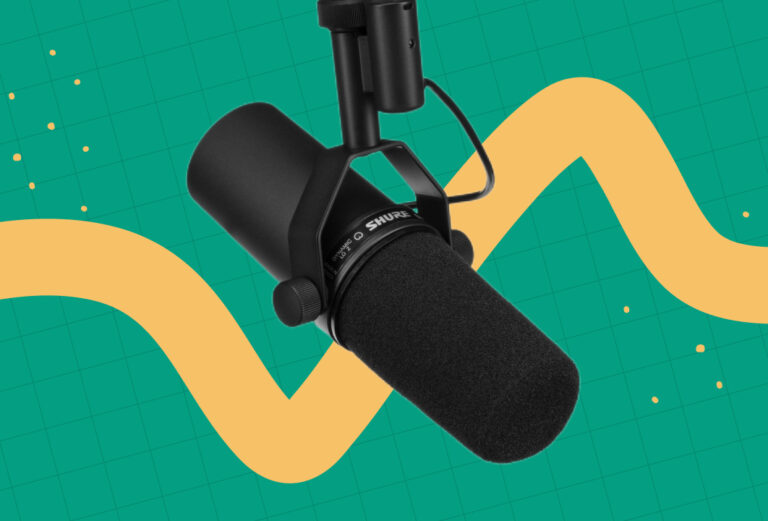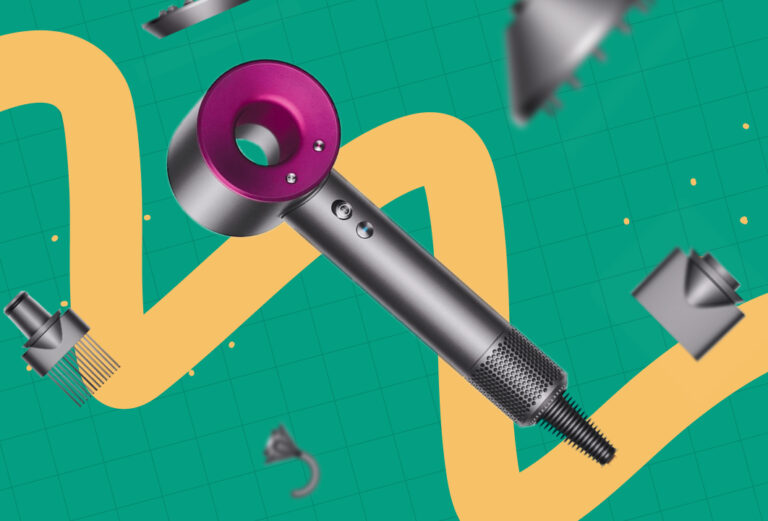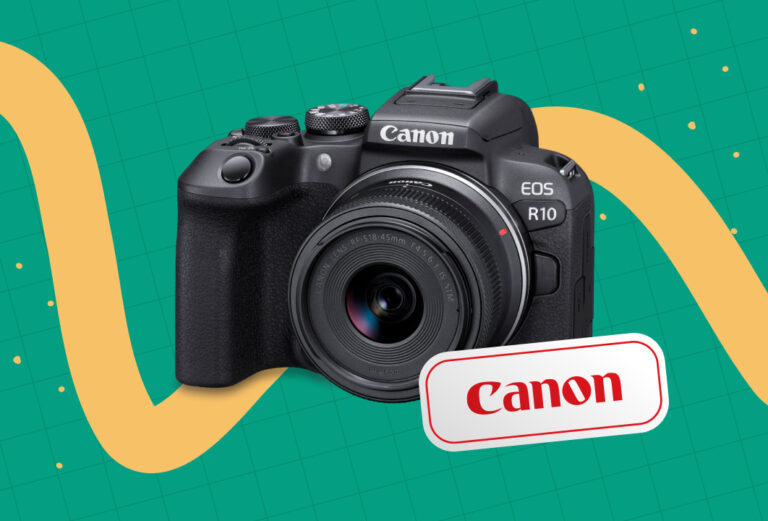
The successor to the Canon EOS R6 from 2020 is the Canon EOS R6 Mark II. A higher-resolution sensor and EVF are among the noticeable improvements in this mid-cycle refresh, which also has an upgraded autofocus system with improved tracking and detection algorithms.
With uncropped 4k video, no time restriction on recording, and improved heat management to prevent overheating during extended recording sessions, Canon has also addressed some of the minor shortcomings of the original R6 for advanced video work.
If you already possess the R6, these modifications might not be sufficient to convince you to upgrade, but they are smart additions that enhance an already outstanding camera.
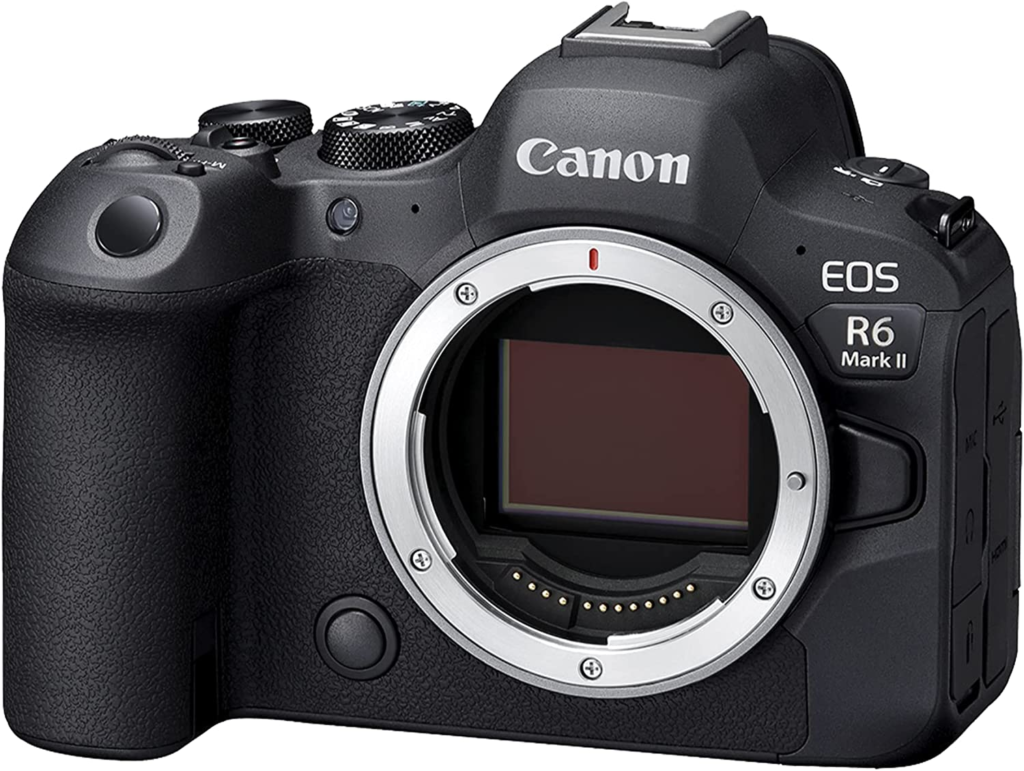
24MP full-frame sensor
24.2MP full-frame sensor is a new feature of the R6 II as compared to the original R6, which is 20MP. This change doesn’t increase resolution, but it helps R6 II to match the resolution of many competitive cameras.
R3 is the same size and resolution as compared to Canon’s current flagship, but it’s neither a BSI nor a stacked sensor. Despite this, Canon still claims that the rolling shutter performance of the R6 sensor is still better as it is capable of burst rates up to 40fps with the electronic shutter, although the camera’s readout has been lowered to 12-bit in order to do so.
Video Features
Let’s talk about the R6. It can capture or shoot UHD 4K/60p video but have many limitations, like it slightly cropped a video (1.07x) from the full width of the sensor, and video in all the modes was capped at 30 minutes per clip. This new model has improved in both areas and also has some exciting good and new features.
Now consider R6 II; it doesn’t crop the video like it captures or shoots the 4K/60p videos using the entire width of its sensor. From an APS-C crop of the sensor, we can capture 4k/60p but do remember that thermal appearance should be improved in both cases. According to Canon, you can record 4k/60p for up to 40 minutes using the full sensor width, and by using APS-C mode, you can record for up to 50 minutes, maintaining a temperature of 23 degrees Celsius.
Now you can capture up to 1080/180p as compared to 1080/120p on the R6. Canon claims that they have an overheating issue, so you can record your videos for 60 minutes or longer before the arising of this issue.
In order to check the overheating issues, the team Canon at DPReview TV was able to record 4k/60p at room temperature, which is below 23%, for more than 1 hour, claiming that this overheating issue arises when you have to record the interviews of 4k/60p.
When used in collaboration with an Atomos recorder, the R6 II supports a Pores Raw video process which contains 6k Raw video using the width of the entire sensor or 3.7k Raw video using Superhero 35 crop. By using the external Raw workflow, we can record FHD proxy files internally with the help of the camera. Support from Atomos is announced, along with a new launch of the camera.
Canon added several features just to improve the workflow of the video and satisfies his users. This camera consists of many things, like aspect ratio makers both vertically and horizontally and a false color display, making it easy to judge the exposure. Along with this, it contains different modes from which you can automatically pre-record and buffer the video for 3 or 5 seconds by saving the clip.
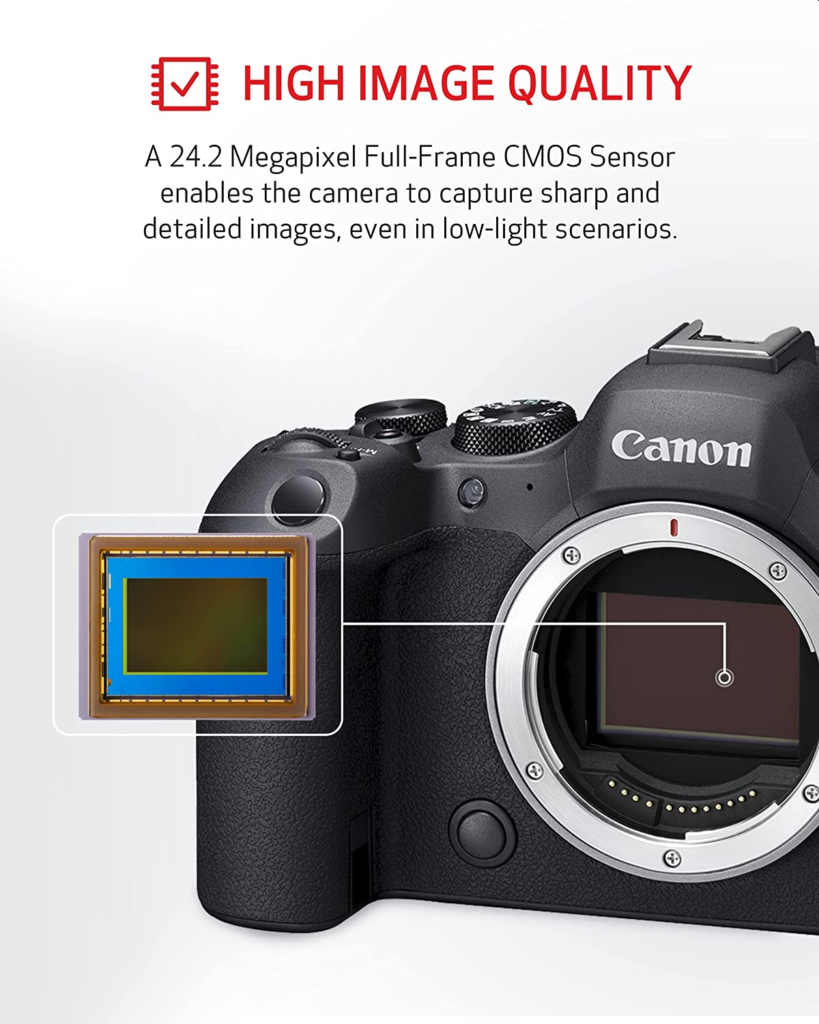
Autofocus
Canon claims that the R6 II includes machine learning in its AF algorithms and inherits the technology from its flagship EOR R3 resulting in improved stickiness just because the camera tracks subjects.
As compared to the R6, which only had “people” and “animal” modes in a tracking system, this R6 II is having “vehicle” option along with “people” and “animal” options. Vehicle options include motorcycles, cars, and aircraft such as helicopters, trains, and motorsports. Alon with this, it also improves the animal tracking feature, which includes support for horses with the camera set to recognize both the eye and the head.
If you want more control over your camera, you can simply set a custom button to toggle back and forth between eyes manually, as this feature has been used by many photographers. The addition which will satisfy the photographers is a new “auto” mode for the recognition of the object and tracking by combining all the subject-specific modes and attempts just to apply the algorithms on the detected subject. This quality is doing the photography easier and easier.
This camera has also a “detect only” AF mode to locate the disappeared object from the frame while shooting.
Raw Burst Mode
In RAW burst mode, the camera uses the electronic shutter to shoot and record files up to 30fps continuously. The camera groups the entire set of photos together in playback mode by using a simple thumbnail with a special icon while shooting a burst of Raw images. You can browse these images with a simple and single burst and select the best shots to save, which happens in most smartphones these days.
Raw burst mode is helpful in such conditions where you want to capture a single decisive moment. This burst mode allows you to review each burst shot of a single scenario and save those shots you can care about.
It also has an optional-pre shooting feature, due to which a half-press of the shutter button tells the camera to begin buffering. Once the shutter is fully pressed, the camera will shoot the buffered pre-click images, followed by the rest of the shots in the burst.
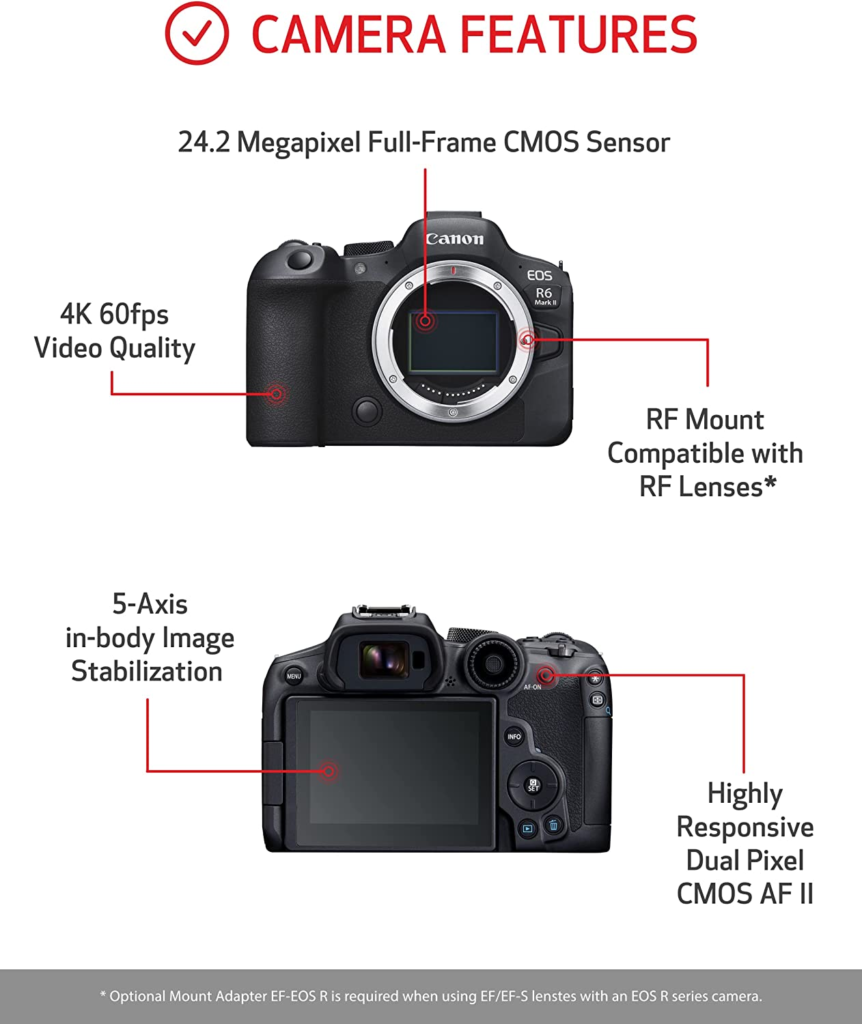
Moving subject HDR
Canon claims that it has added a new feature which is called a moving subject HDR. This mode is useful to capture all the dynamic range virtually with no disappearing of moving objects, but still, this new feature has limitations. You should be limited to JPEG files. The feature lets the camera slows down the burst shooting process. It raises the base from ISO to 800. This new feature produced images that were over-processed, but usually, we didn’t like these results. This can be done with the camera as it creates HDR PQ, which shows realistic images suitable for playback on HDR TV.
Body and Controls
Those who are using ES bodies are much more familiar with the EOS R6 II. It consists of 3 main dials, one for your index finger, which is next to the shutter button, placed on the back of the top plate; one for your thumb, and the large dial on the rear plate. Like the R6, the body of the R6 II is much more similar to each other with the same curves, buttons, grips, dimensions, and same vertical battery grip as the R6. As R6, this is also a dust and weather restraint that feels substantial in your hands.
There are important differences in their physical appearances. The most important change is of on/off button, previously located on the left shoulder but now shifted o the right shoulder. And on the left shoulder side, the video switch is still present, which feels more uniform.
Displays and connections
The R6 II has the same 3.69M-dot electronic view founder, which operates at either 60 or 120 frames per second with 0.76x magnification as well as a 1.62M-dot, 3″ rear touchscreen as its predecessor.
Canon has also launched its OVF stimulation mode, which debuted on the EOS R3 and provided an SLR- display appearance, but this feature is not working on the RS II as it works on the RS 3.
The Canon’s multifunctional accessory shoe, which supports a microphone, and a Tascam audio convertor that supports an XLR microphone, is a new version of RS II.
The camera consists of a USB-C port, a mic, a headphone jack, and a plug for a wired remote. It has HDMI- an out port for making the shooting videos cringe, especially if they are planning to use an off-camera recorder. The camera also has UHS-II card slots.
The menu or the system on the R6 II is familiar to those who have used Canon cameras before. Canon claims that it has simplified the Bluetooth and WIFI processes. If you have iPhone and you want to transfer files, so don’t worry. This camera has an MFi connectivity port.
Battery
Like many EOS cameras, the R6 II uses the same LP-E6NH battery, which Canon has improved a lot. It offers the R6 II 320 shots per charge through the viewfinder or a CIPA-rated 580 shots in its default (smooth) mode. This contrasts with the original R6’s 360 and 210 CIPA ratings. Ratings of CIPA help in comparing the camera’s battery performance.
Must-Have Canon R6 II Accessories
Screen Protectors
The camera has really good skin, and you have no need for the glass protector because it has a folding screen which is helpful in protection. But we will suggest you use a screen glass protector as we are using it and borrowed from a brand which is well known.
PCTC is a well-known brand that will give you two glass protectors for backup; in case you have broken one glass protector, you can use the other one.
These glass protectors are hard to get off, so if you want to remove them, you will have to give them a little heat which will help them to lose the bond, and it will prevent your camera from accidental damage.
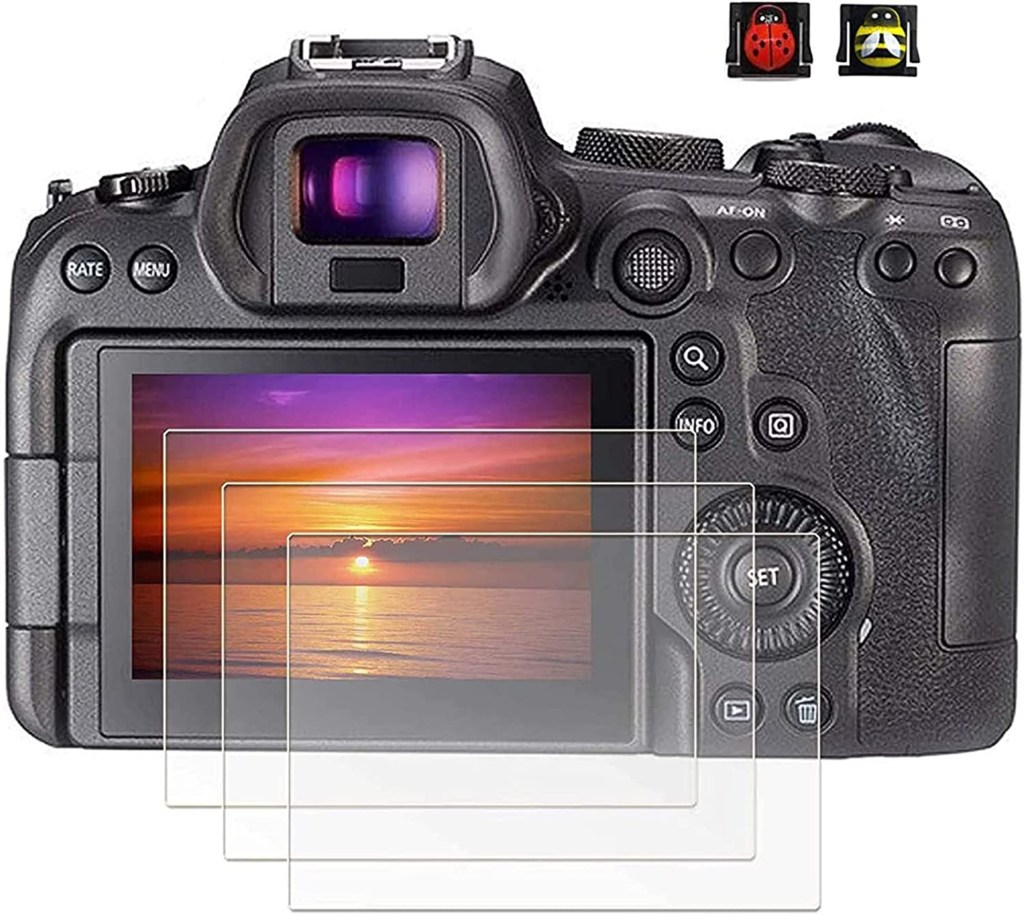
Batteries and Battery Grips
Even more recent than the battery we had on the Canon R was a brand-new battery for the Canon R6.
If the battery capacity is greater than 60%, the R6 will only receive the rated continuous burst speeds.
Canon LP-E6NH
The most recent batteries for the Canon system are the Canon E6NH. Compared to the regular E6N batteries that came with the EOS R, they offer a 14% longer battery life. The camera can still be powered by the older batteries, but they won’t last as long.
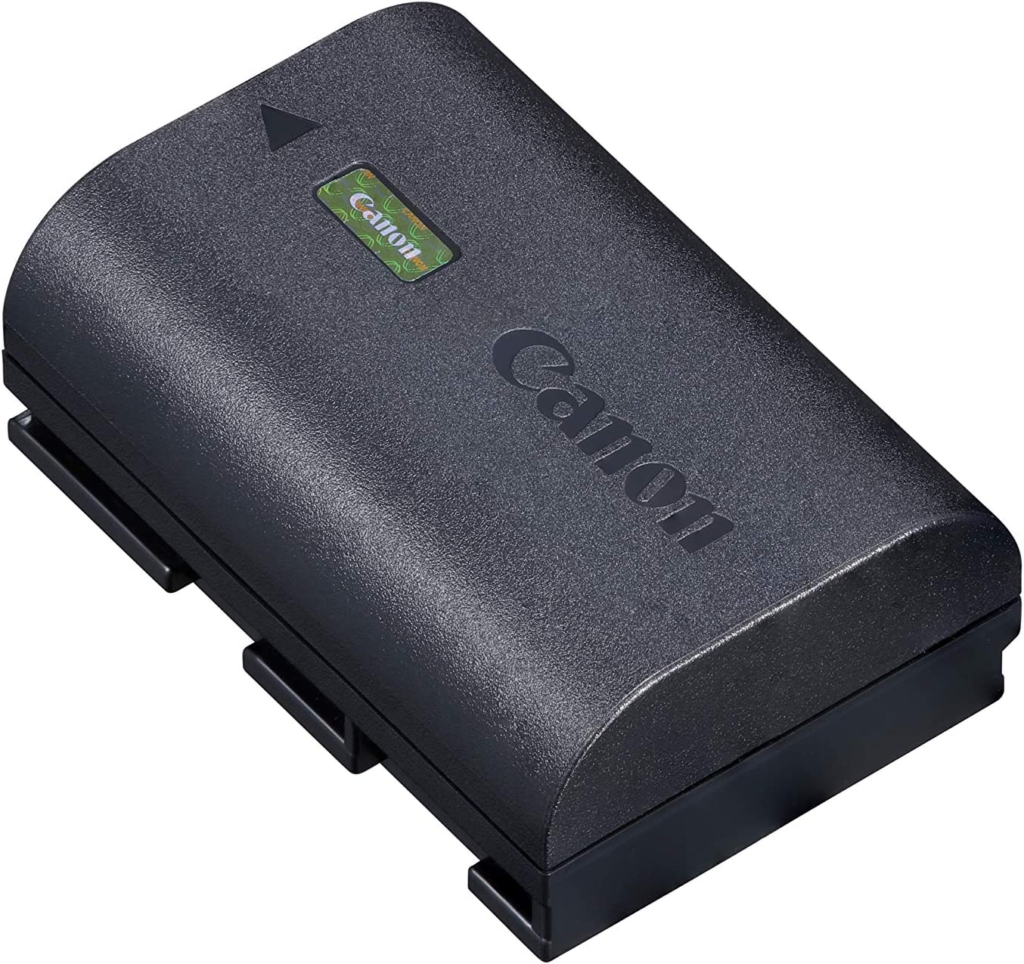
Canon BG-R10 Vertical Battery Grip
The Canon R6’s standard battery grip is the BG-R10. It has dial and shutter controls is completely weather-sealed like the camera body, and enables the use of an additional battery.
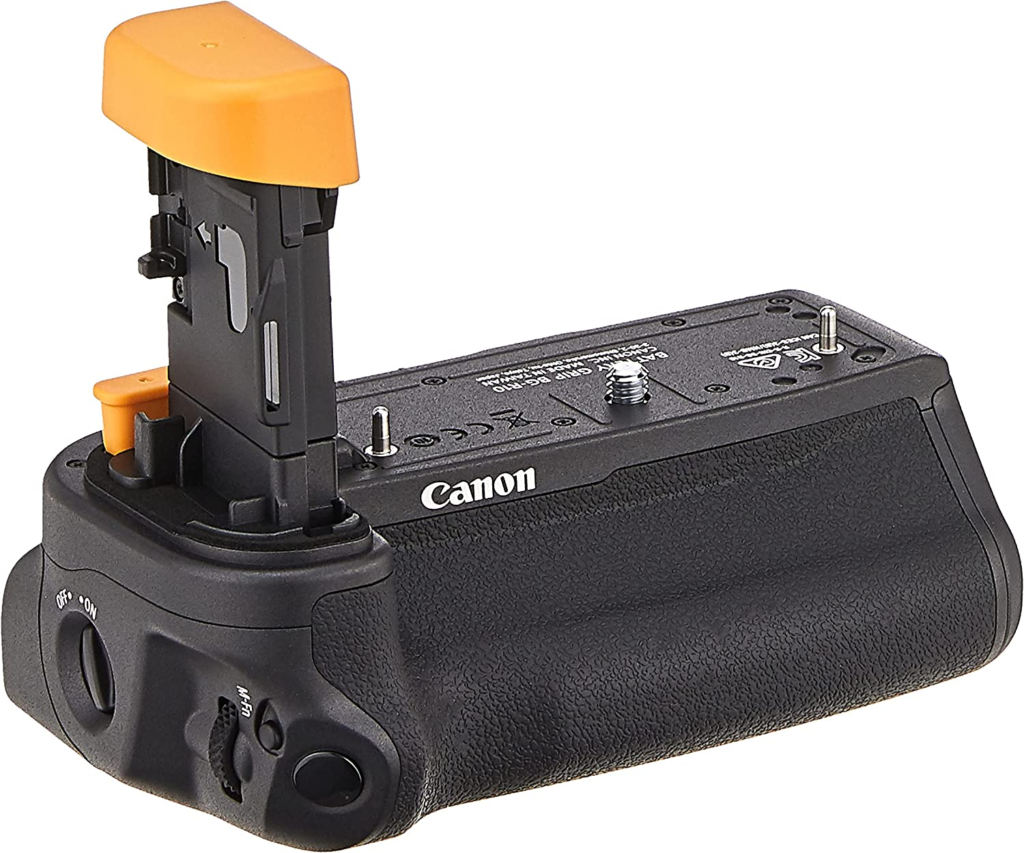
Microphones
Rode Wireless Go Compact System
The Rode Wireless Mics have excellent audio quality and are surprisingly simple to use. The only thing to remember is to keep them charged because they don’t use swappable batteries.

Conclusion
In conclusion, the EOS R6 Mark II is our favorite full-frame camera that costs less than $2,500 and has replaced the Sony a7 IV as the category’s Editors’ Choice.
When beginning from scratch, the R6 Mark II narrowly prevails over the a7 IV for creators with a collection of E-mount lenses. The R6 Mark II is a joy to use in general, thanks to its faster burst rate and improved focusing technology.


